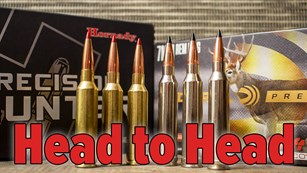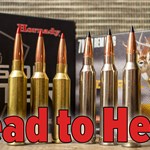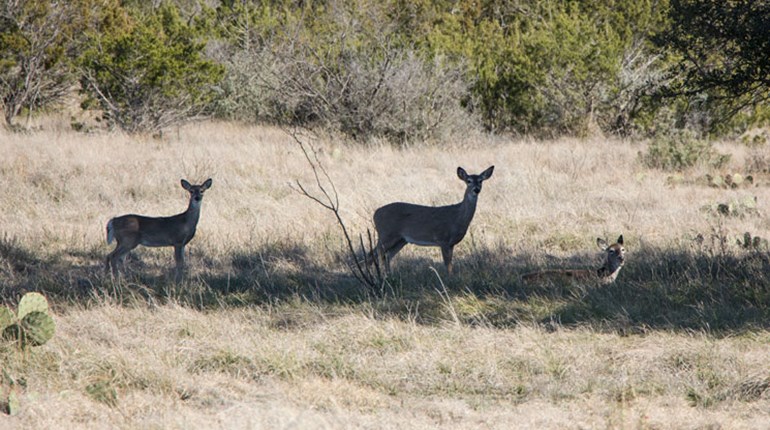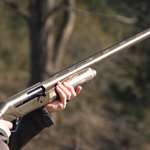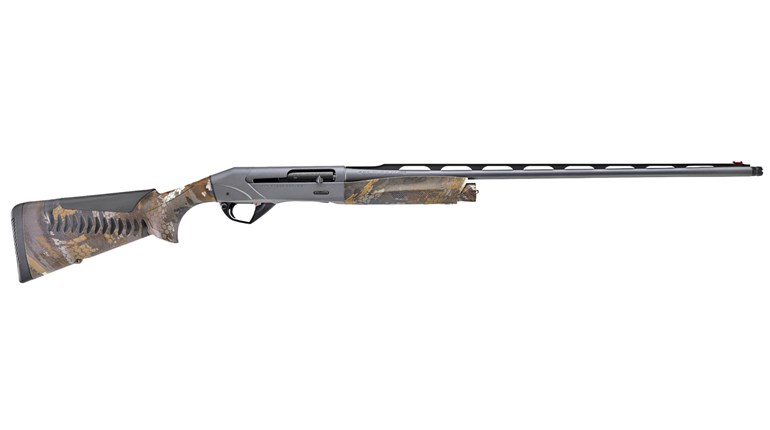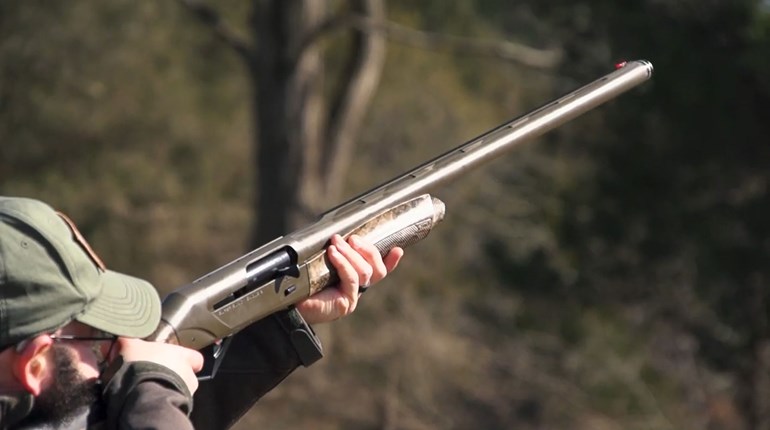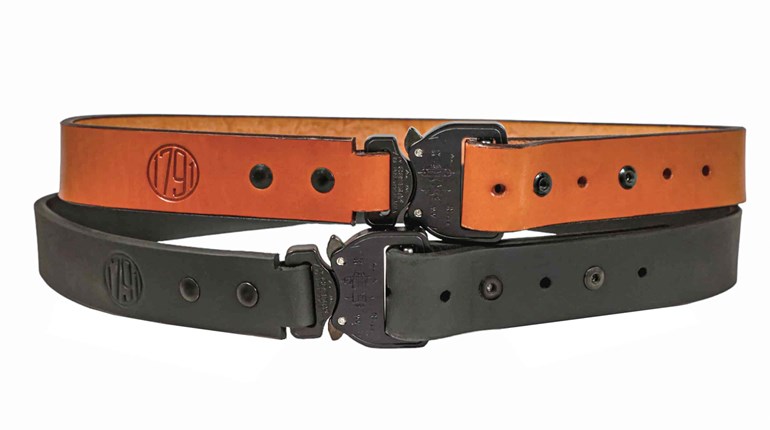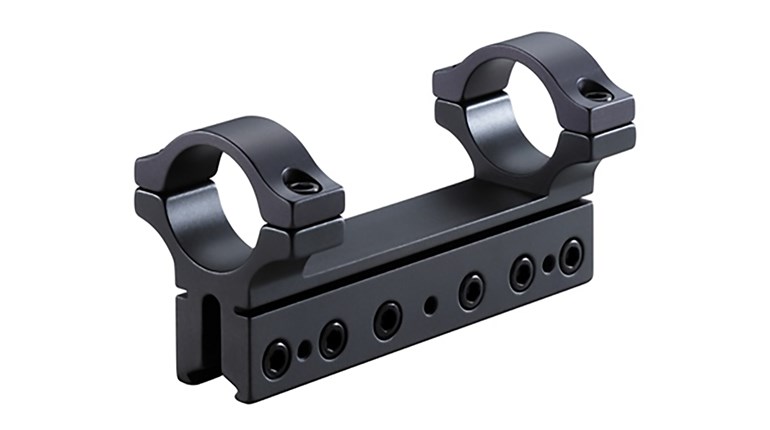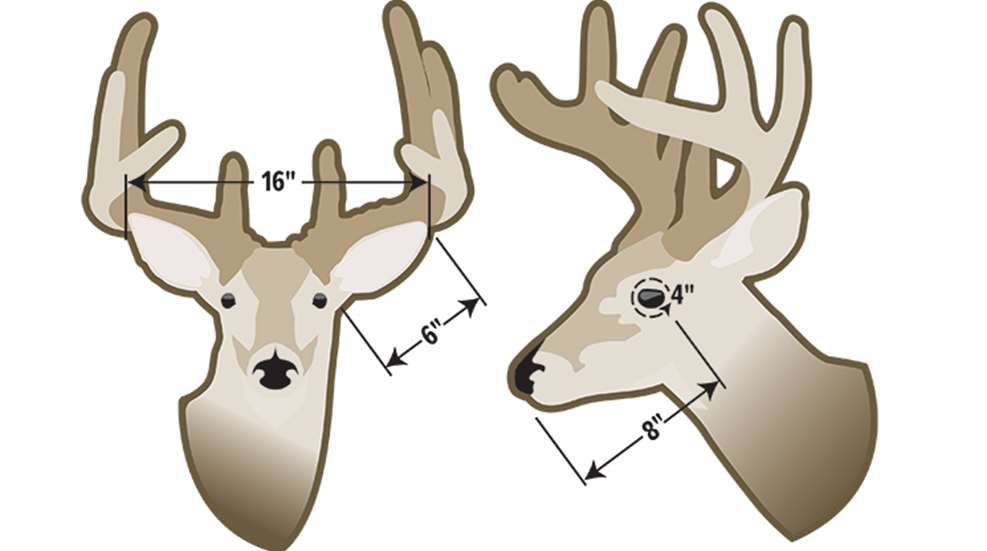
You see a buck, antlers slathered in velvet, across a field on a humid late-summer evening and think it looks staggeringly big. But the velvet, the buck’s skinny summer neck and the warm glow of light can lead to gross exaggeration in your mind.
When field-judging a buck’s score on the Boone and Crockett scale, you need to calm down and look closely at specifics: the length of the tines, the inside spread of the main beams, the circumference (mass) of the beams at four locations and the length of the beams. It helps to practice by judging mounted heads; come to an approximate score then compare your estimate to the known score to gauge your accuracy.
Here are four ways to quickly judge a buck’s real proportions. These work anytime; just remember velvet can add the appearance of extra length and mass that will be gone come fall.
The average whitetail buck, when its ears are alert, has an ear tip-to-tip spread of about 16 inches. If its beams are just outside its perked ears, the inside spread of its antlers is around 18 inches.
A buck’s ears typically measure about 6 inches from base to tip. If you see the side of a buck’s rack or are looking at the buck from an angle, visualize this 6-inch increment and use it to judge the length of the brow tines and other points.
The circumference of a buck’s eye averages about 4 inches; use this to judge mass. A heavy-racked buck carries mass that appears to be wider than its eye. Judge the circumference of the main beam between the antler base and the brow tine, and between each point up to the third and fourth (mass beyond the fourth tine doesn’t count toward score). Velvet surrounding the antlers can make mass appear to be much greater than it is, so you’ll have to make some mental deductions.
The distance from the center of a mature buck’s eye to the end of its nose is around 8 inches. When viewing a rack’s profile from the side, this measurement can help you judge beam length. A rack that extends beyond a buck’s nose has very long main beams.






